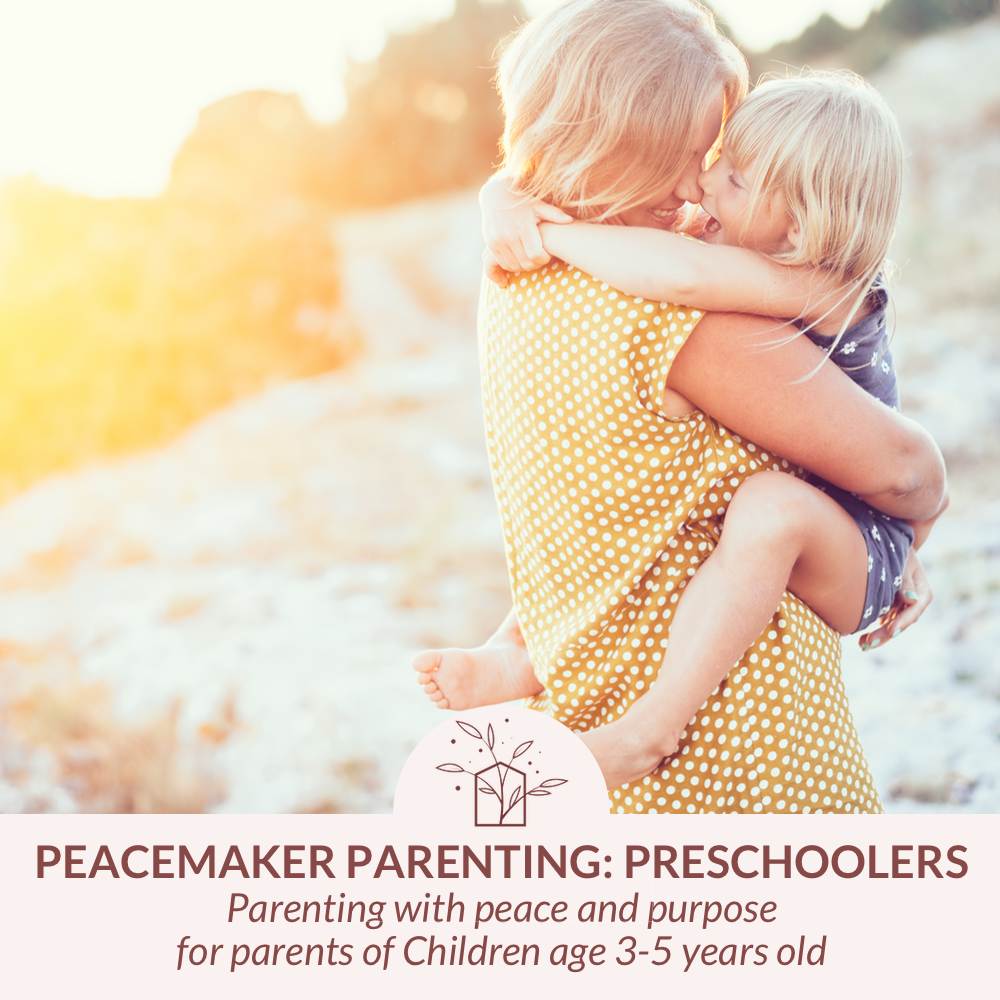Typical Age-Specific Patterns
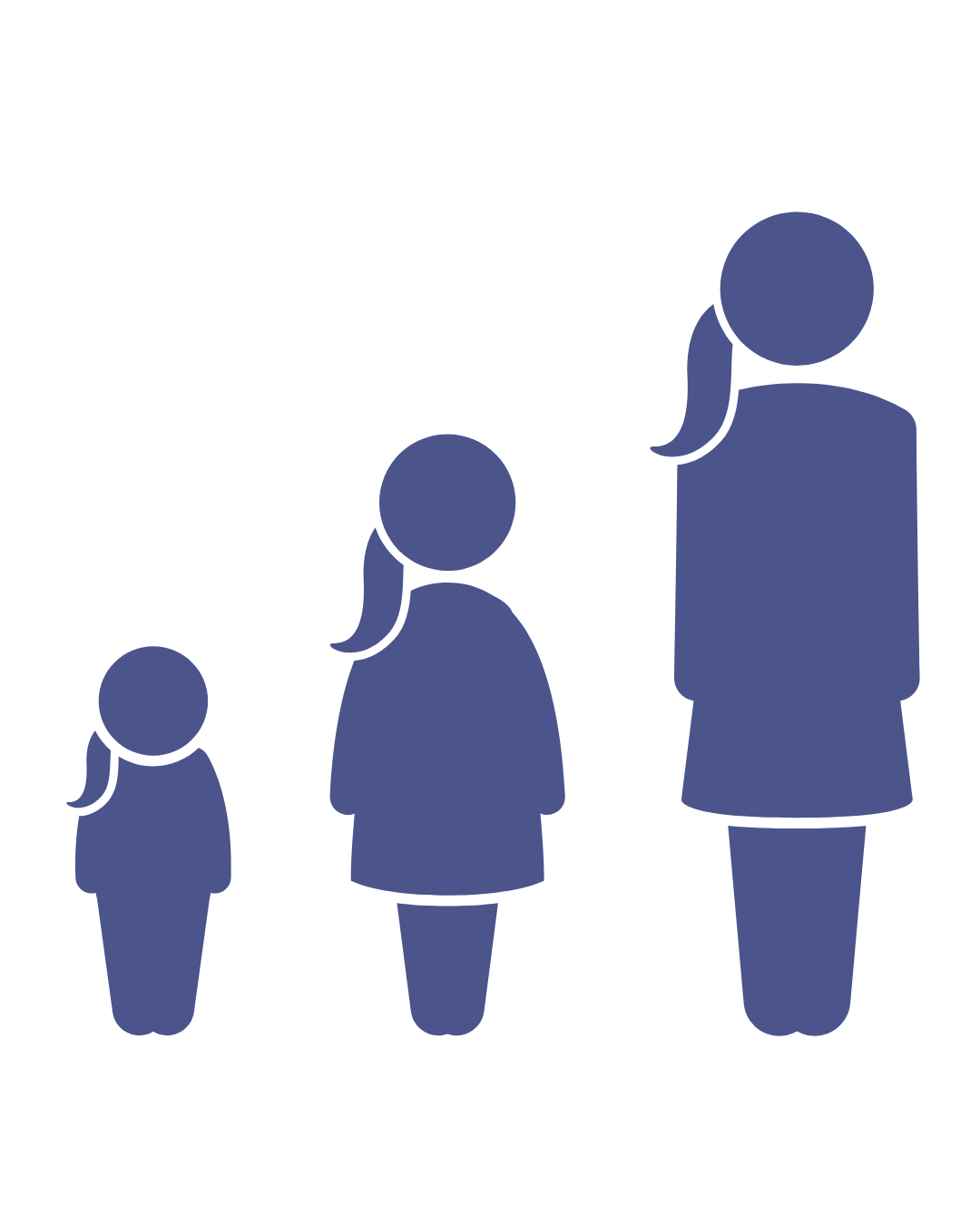

They are starting to pick up on more mature things like death, bodily functions, projected disasters, etc and unlike before when the adults around could speak more freely and children wouldn’t “hear” or understand–this is a different ball game. These kids are listening better and may pick up on it when they hear things unintended for them and ask a lot of questions or repeat things just for a reaction without understanding what they mean.
They’re much more aware of the world around them and while they can process it better than they could in toddler years, meltdowns, tantrums, and intense outbursts still make regular appearances.
Preschoolers really want to be more responsible and genuinely desire to do big kid activities like mimicking siblings or playing competitively with peers, but they still lack consistent impulse control. This requires parents to continue to provide preschoolers consistent support and scaffolding as they grow to set them up for success.
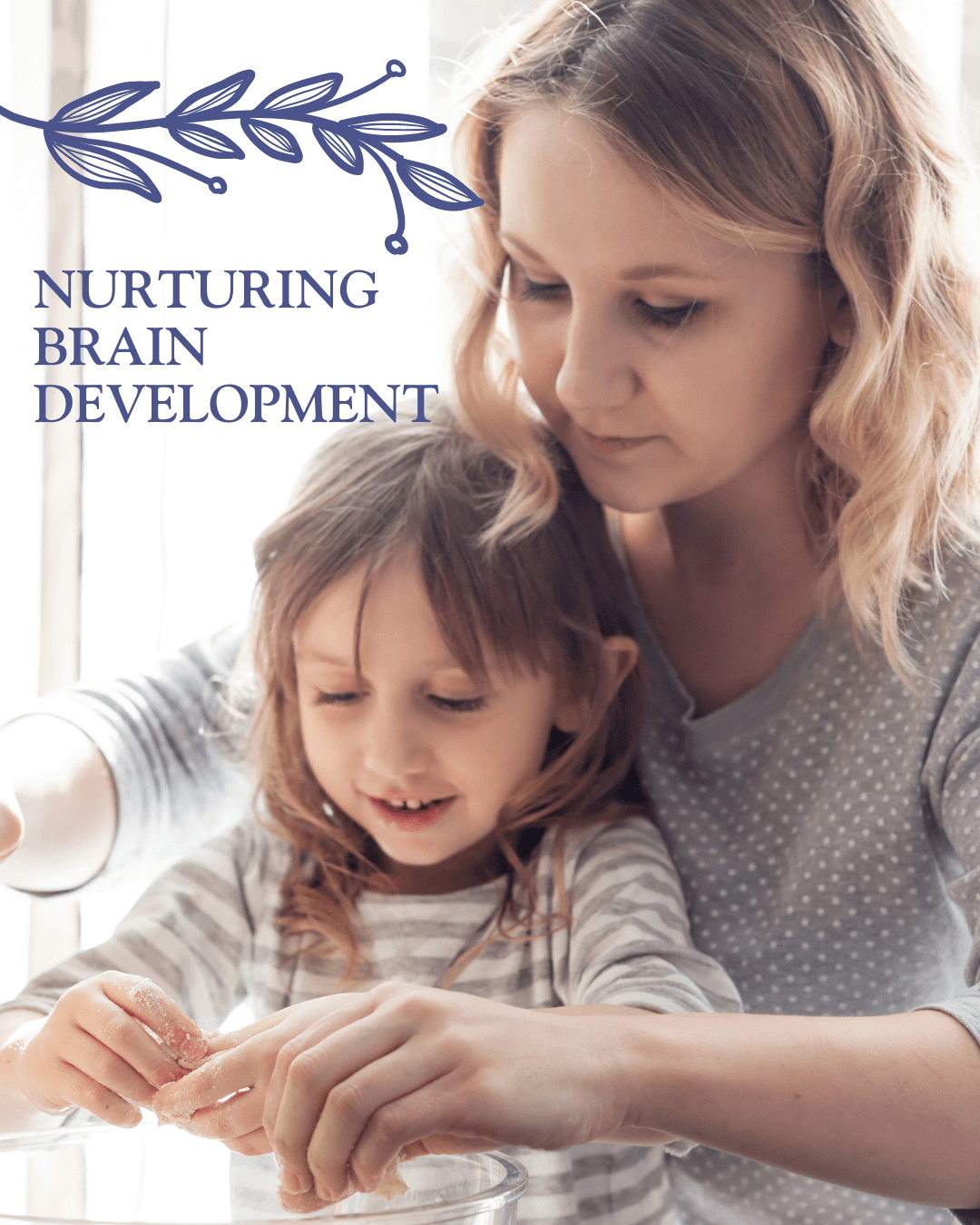
NURTURING BRAIN DEVELOPMENT
- Find ways that allow them to fulfill their need for tensional outlet– big body movement opportunities, sensory toys/games etc
- Offer them safety to “let it out” with you after a highly stimulating/demanding day
- Help them when they get carried away with negative words/stories by offering to jump in and “land the plane” in a peaceful way
- Be patient with their decision making–it may seem like a long process at times–but help them work through by being patient and calm
- Don’t rush them through things–allow them to practice navigation
- Continue teaching through the reading of books
- Hold very tightly to the idea of connect before correct→ they are becoming more aware of other people’s emotions and need to know they are safe before they can be open to correction
- Be extra gentle with how you phrase things–criticism is really hard for them
- They crave extra praise and encouragement– give it to them freely and sincerely
COMMON BEHAVIORS
- Saying or repeating things for the predictable reaction of an adult (whether positive or negative)
- Frequent scary dreams–especially about animals and disasters
- Stomach aches from social anxiety
- Hysterical or out of control emotional expressions (laughing/crying etc)
- Seeking tensional outlets (biting things, tapping things, fingers in mouth etc)
- Doing better playing with kids but enjoying it more with 1 or 2 friends vs 3 or more
- Tending to go back and forth between being indecisive and unsure, and being demanding and explosive
- Beginning to see that they parent is not all controlling and testing their boundaries with authority
- Potty accidents still occasionally happening when major emotions are at play
- Not intentionally lying, but enjoying exaggerating and storytelling because it is an imaginative outlet
- May be obsessed with death and violence and telling stories about those things
- Can be more calm at school rather than at home
- Closer to the age of 5 or 6 they may become obsessed with being the “best” at whatever they try and struggle when that doesn’t happen
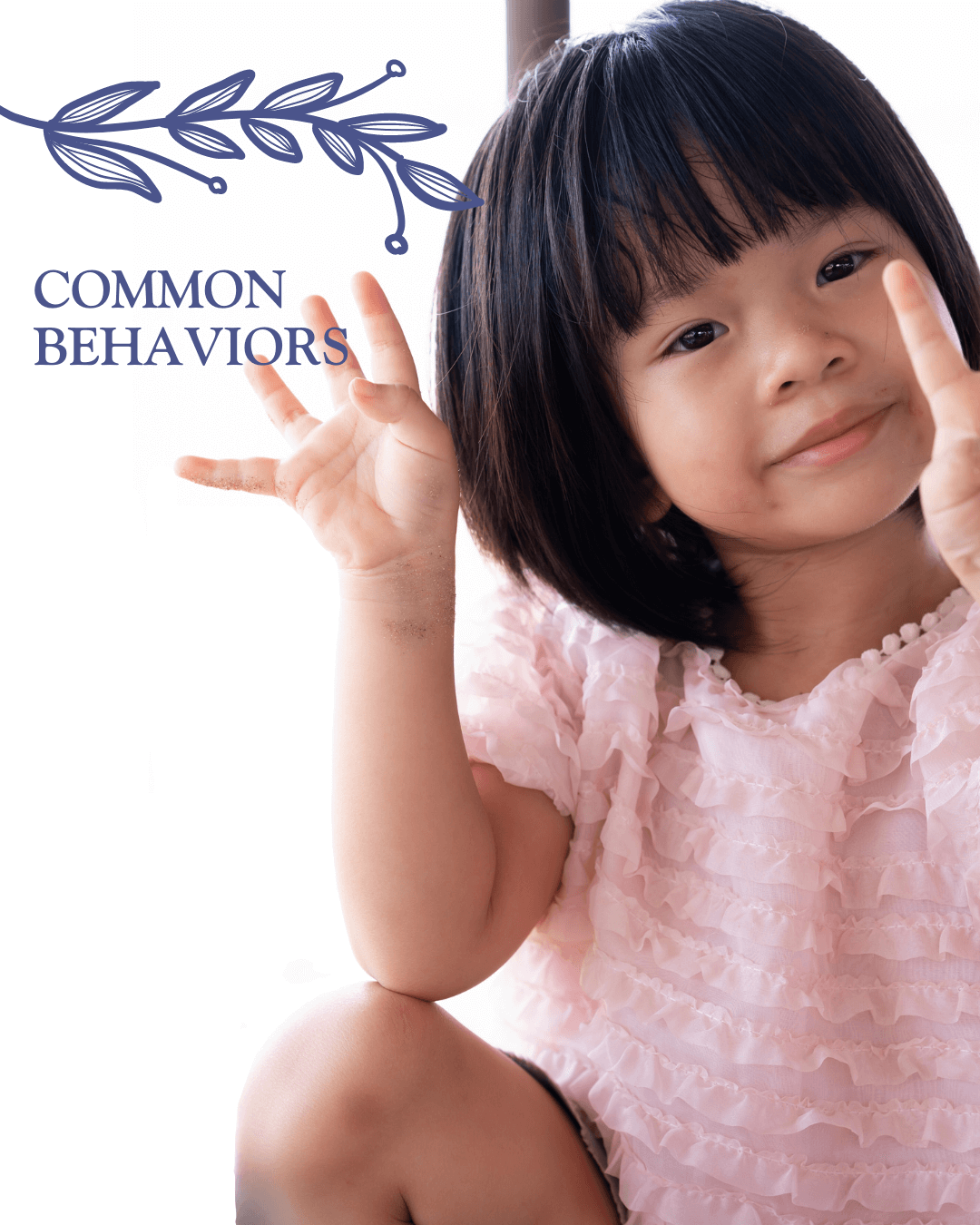
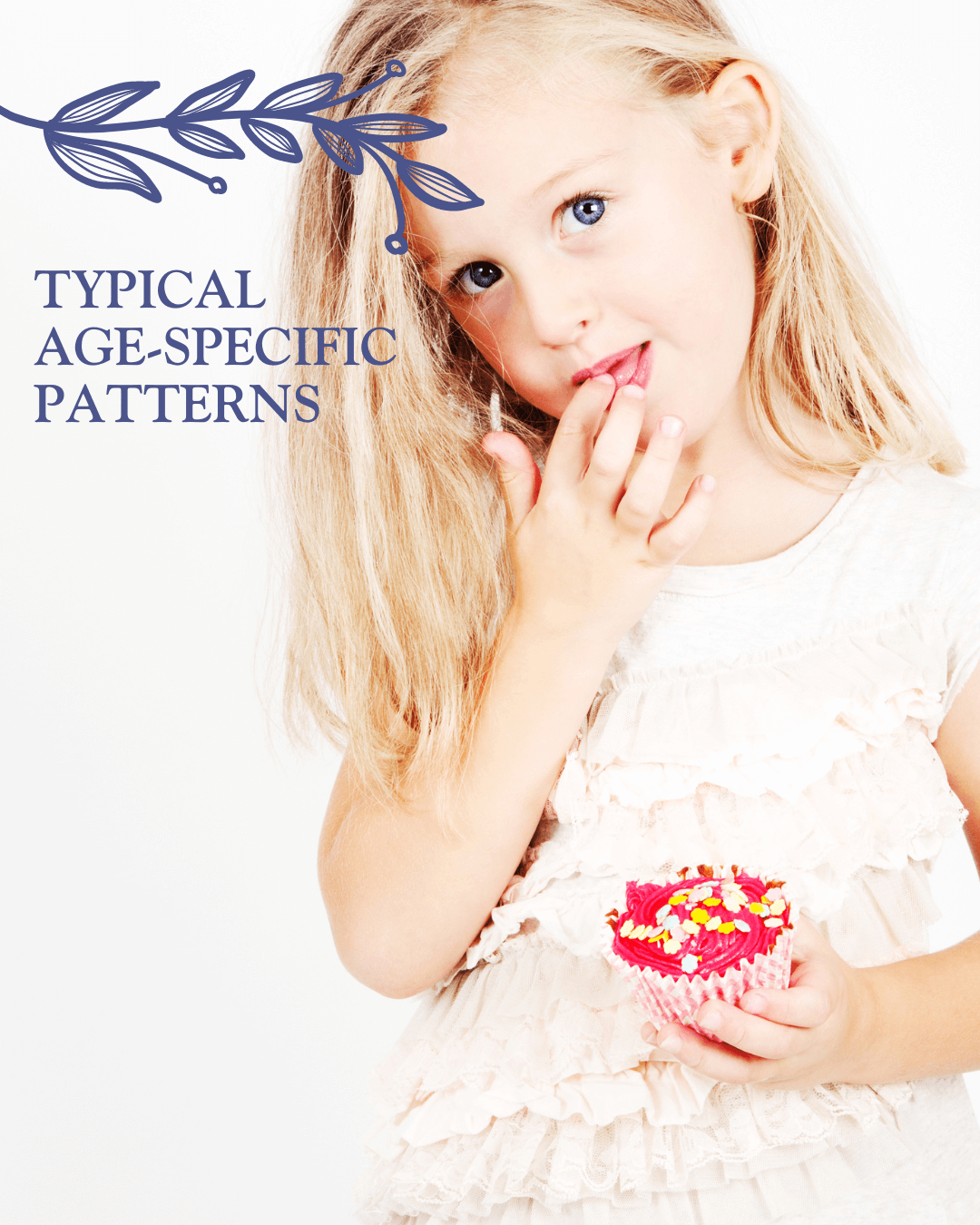
TYPICAL AGE-SPECIFIC PATTERNS
FOUR: Enthusiastic Explorers
At the age of four, children exhibit exuberant behavior and a keen interest in the world around them.
- Enthusiastic, bossy, and adventurous behavior.
- Interest in bodily functions and fascination with shocking words and reactions.
- Strong and changeable emotions, intense laughter, and anger.
- Vivid imagination, difficulty discerning between reality and fantasy.
- Difficulty with impulse control, requiring supervision around younger siblings.
FOUR AND A HALF: Exploring Reality
By four and a half, children begin to differentiate between reality and imagination.
- Volatile emotions, including easy laughter and tears.
- Increased demanding and persistent behavior.
- New awareness of "good" and "bad" and interest in real-life stories.
- Spiritual curiosity and potential nighttime anxiety alleviation through bedtime prayers.
FIVE: Bright-Sided Explorers
At five years old, children exhibit a positive outlook on life and increased self-awareness.
- Enjoyment of learning new things and appreciation for routine and security.
- Improved understanding of personal limits and increased confidence.
- Affectionate relationships with family members and pets.
- Occasional nightmares and scary dreams about animals.
FIVE AND A HALF: Challenging Growth
Around five and a half, children may experience increased defiance and tension due to their growing need for autonomy and desire to experiment with independence.
- Defiant and combative behavior, frequent temper tantrums, and restlessness.
- Tensional outlets like chewing or tapping objects.
- Potty accidents due to excitement and increased colds and aches.
- Challenges with fine motor skills, including holding pencils and reversing letters.
Looking for peace and purpose in parenting your preschooler?
From excitement and anticipation to meltdowns, we're talking all things preschoolers: lying, sharing (or not so much), separation anxiety, and so much more. Preschoolers experience life to the absolute fullest. They're learning, experimenting, finding their voice, and craving autonomy, and for parents, peace and harmony can seem like a distant dream. Or it would if you could manage to get enough sleep to dream, right?
What does it look like to cultivate peace in a home where tiny tornados leave their mark everywhere they go?
